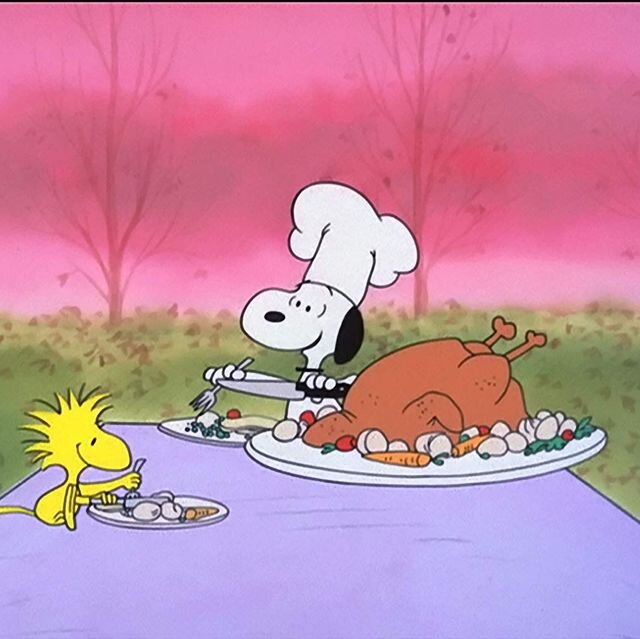I had the opportunity to work with Reckitt Mead Johnson and learn more about the Feeding Matters website and the support they provide to families. If you aren’t familiar with them, then make sure you CLICK HERE to check out their website. This group provides support for families who have children with a pediatric feeding disorder. I love their evidence-based approach to getting information to families that is creditable and actually helpful. I was able to work with Reckitt to create a blog post and then do an Instagram live for them. I was paid by Reckitt for my time to write the blog post and do the live discussion. The information provided though is not influenced by one particular formula company. This information is evidence based and is the gold standard recommendations for the CDC, WHO and the AAP. Evidence for the recommendations are all listed at the end of the blog post. You can check out the blog post by CLICKING HERE. Then after publishing the blog post I was able to do an Instagram live with Feeding Matters. We had a great conversation about some myths regarding preparing formula for your child, how to safely handle that preparation and why you would want to be conservative when it comes to following mixing instructions and expiration dates. There is a great handout available from the CDC on how to safely prepare infant formula and it is wonderful resource for caregivers (see that graphic below).
Follow these hand washing techniques when getting ready to prepare your child’s feedings.































